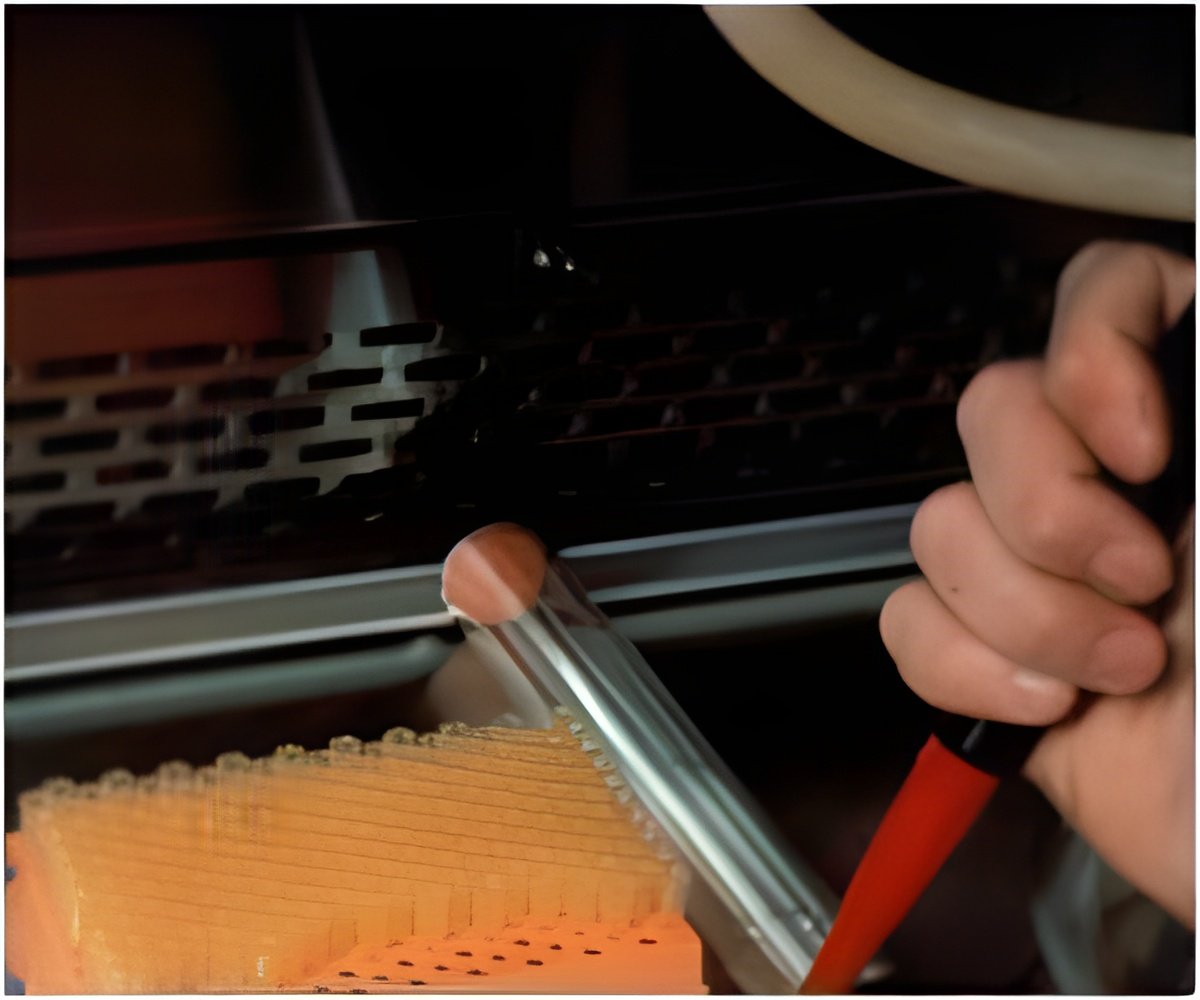
Now a team headed by Prof. Christian Körner, group leader at the Center for Child and Adolescent Medicine, Heidelberg University, demonstrated that if female mice are given mannose with their drinking water prior to mating and during pregnancy, their offspring will develop normally even if they carry the genetic mutation for the congenital disorder. The team’s could contribute to better understanding of the molecular processes of this metabolic disease, along with the key stages in embryonic development, and may offer a therapeutic approach for the first time.
Mannose is a simple sugar with a molecular structure that is the mirror image of glucose. While mannose is naturally occurring in many plants and fruits, extraction from these sources changes its structure slightly. The extracted product is known as "D-mannose" to distinguish it from mannose in its natural state. Mannose can be found in small concentrations within the tissues of the human body, but it is primarily found in fruits and plants. Apples, blueberries and peaches all contain mannose, while cranberries are considered to be one of the best sources for this substance. Mannose also occurs naturally in corn and potatoes, as well as in a variety of fungi and molds
The Heidelberg-based researchers also collaborated with colleagues working with Prof. Hermann-Josef Gröne of the German Cancer Research Center (DKFZ)’s Division of Cellular and Molecular Pathology in Heidelberg. Their results have now been published online in the internationally respected journal Nature Medicine in advance of their publication in the print edition.
Mannose-1-phosphate is not produced in sufficient quantities. As a result, glycosylation malfunctions, meaning that sugar chains that normally aid in form, stability and function of the glycoproteins are not completely attached to the body’s proteins or in some cases, are not attached at all. The lack of oligosaccharide chains leads to impairment of neurological, growth and organ development. The disorder only manifests if the baby inherits a mutated gene from both the mother and the father. The parents, who each carry one mutated and one “healthy” copy of the gene, do not exhibit any symptoms.
The mouse model developed by Prof. Körner and his team is characterized by mutations in the Phosphomannomutase 2 gene and demonstrates reduced enzyme activity, comparable to CDG-IA in man. In their current study, the scientists exploited the ability of mannose to cross the placental barrier. This means that if the pregnant mouse takes up mannose, it also reaches the embryos in the uterus.
“One week prior to mating, we began giving the female mice mannose with their drinking water,” explained biochemist Prof. Körner. The additional mannose supply up to birth increased the mannose levels in the embryos’ blood. “The mice were born without defects and also after they were born, developed without any symptoms of the disorder, even if they no longer took up any mannose,” Körner added. The successful studies performed by the Heidelberg University Hospital researchers clearly show the key role played by the supply of proteins with sugar chains during embryonic development.
Advertisement
Advertisement







